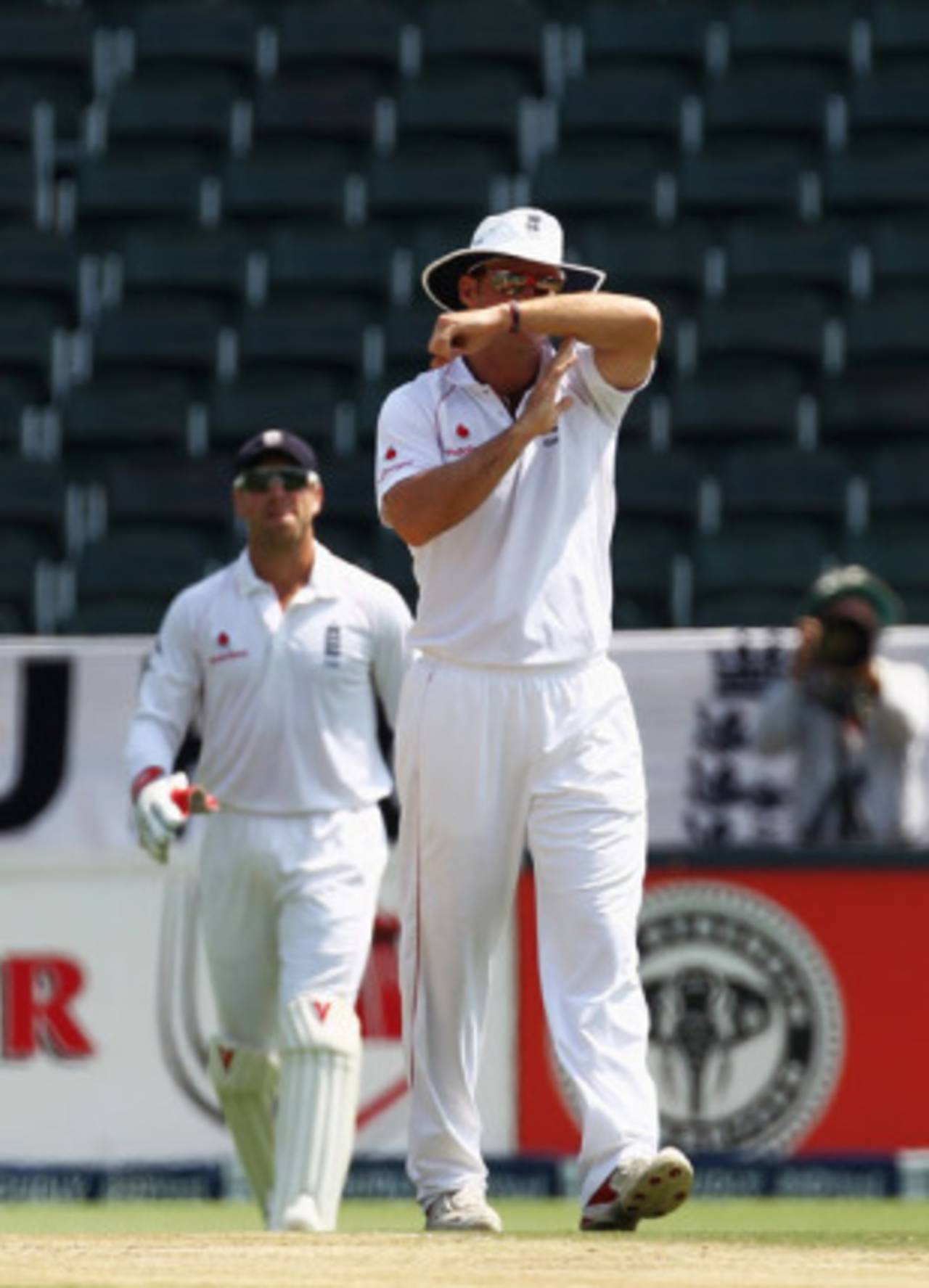"Give them the gizmos," thundered Wisden nearly 10 years ago. Technological advances and camera angles were such that the game at international level had reached a stage at which it appeared that two cricket matches were taking place simultaneously. One was at the actual ground and the other on television, often highlighting incidents unseen by the naked eye of spectators and umpires alike without recourse to replays.
Back in the old days, or at any rate in the 1970s, Jim Laker would on occasion pronounce on the BBC in his dry and succinct commentary on an unsuccessful appeal or dubious decision with the aid of a replay. Yet the BBC did not have the technological capacity for the close-up pictures of today, and anyway, in that era the angle often would be obscured by the wicketkeeper, hence making scrutiny of marginal decisions nigh impossible.
As the years and decades went by, however, it was apparent that the wholly understandable stance of officials - "the umpire's word is final" - was an outdated concept to anyone watching at home who could see that, in actuality, the umpire's word was incorrect. Increasingly it was felt that, for cricket and television to have a meaningful relationship, cricket had to keep up with television.
Dr Paul Hawkins and his Hawk-Eye, the innovation whereby there was a pretty clear view of whether a ball was going to hit the stumps or pass over them, and whether it had pitched outside the line, initially ploughed a difficult financial furrow until introduced on Channel 4 and Sky Sports in 2001. Technology now existed not just in the form of replays but replays with a proof mechanism, even though there was a valid argument that this gadgetry was never going to be 100% accurate and that its use would slow down further an increasingly sluggish over rate.
Based on missile guidance systems, something that Laker's generation would have associated only with warfare, Hawk-Eye monitored the flight, trajectory, movement and speed of the ball, both out of the bowler's hand and off the pitch. The information was fed into a computer that almost instantaneously produced an exact replay of the ball in virtual reality, adding in its predicted path if it had not hit the batsman's bat or pad.
The umpires, of course, were concerned by technological advances. Which one would have wanted his decision overturned by a third umpire in some distant eyrie? The estimable and likeable Mark Benson was the first to suffer, in 2008 when Tillakaratne Dilshan appealed successfully to the television replay umpire, Rudi Koertzen, after being given out caught behind in a Test between Sri Lanka and India. Perhaps it was not coincidental that Benson's career on the ICC's international panel was short-lived. Others, such as David Shepherd, were shown up for not spotting no-balls through a battery of cameras that had not existed in Syd Buller's day. He talked, briefly, of quitting. Benson was to revert to standing in county cricket in England, which was only occasionally covered by Sky.
Run-outs and stumpings were somehow less contentious than lbw decisions. Here, in an era in which batsmen were increasingly flinging themselves at the crease in the one-day game, was seemingly an acceptable way of judging if a quick single had been properly completed. Spectators enjoyed the expansive signal for a replay, given particular dramatic effect by Billy Bowden, and the tension while the television umpire came to his decision.
There were, of course, endless debates over the extent of the use of technology as its use became more prevalent: why a camera could be used to arbitrate over whether a ball had gone for four or six, but not over whether it had hit a batsman's glove. Simon Hughes, the ultimate television analyst, reckons technology is always on the game's side. "The day umpires are abolished, leaving the running of cricket to people watching monitors, is the day it ceases to be a sport and becomes, instead, more closely associated with the security industry," he said.
In 2011 cricket is so reliant on television for its income that it will follow television's lead. Once Sky had successfully pushed for greater use of technology, the inevitable could no longer be delayed. Yet this meant that Test matches would be played under different circumstances around the world, which was not ideal. The umpire may be well remunerated nowadays, but at international level he is under great pressure and deserving of sympathy - which is not always forthcoming. Dickie Bird was once officiating at a one day bowl-out, when no one could hit the stumps. "And they expect me to give lbws," was his verdict.
